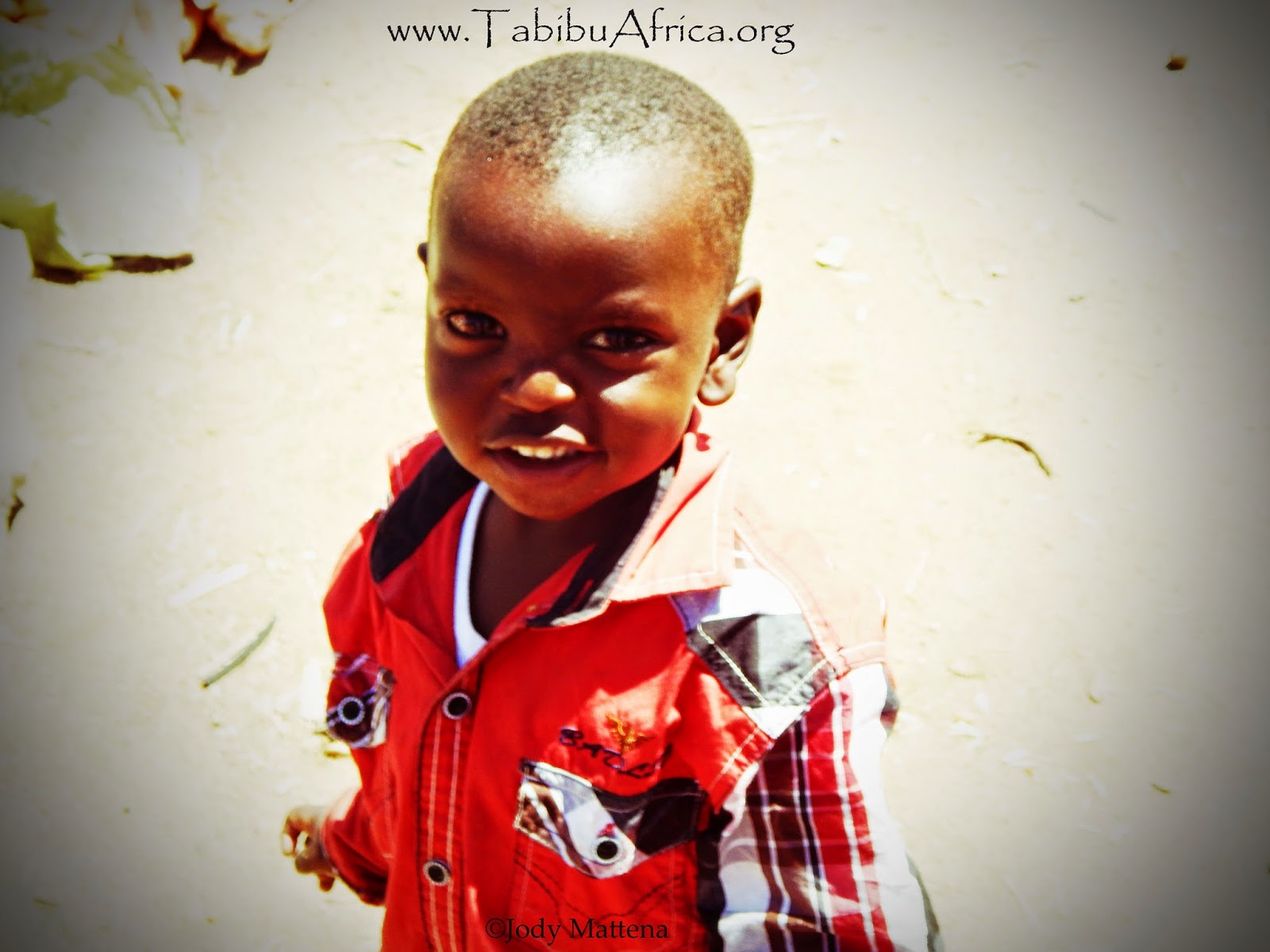I get asked all of the time, "Where on earth do you sleep when you're on a humanitarian trip in East Africa?" "how do you sleep?" "is it safe?" "is it clean?"
The answer is we sleep in a bed, we sleep very well because we earn it, it is very safe, and relatively clean. To expand more on that answer we'll have to break it up a bit. Lodging in a city like Nairobi or the surrounding cities is extremely different than staying in a rural spot such as the Maasai Mara.
We work in or around Nairobi for the first week or two and we usually stay at Catholic mission guest houses. We work in Ruiru (Little Giants School) or Kayole (Candle Light School & Orphanage) for about 1-2 weeks depending on the need so we have to stay close to the city. The guest houses are dormitory like; two single beds, a desk, one private bathroom per room and a common dining room. We get to like our roommates very well!
The nuns provide our meals and wonderful conversation! During our last expedition we found a beautiful Catholic guest house to stay at and it's my new favorite, St. Frances Mission Hospital & School. The Mother and Sisters would prepare and eat a wonderful dinner with us and then watch Kenyan soap operas, commenting on how silly those girls are. Then the Mother spoke about how silly it would be go visit the Dead Sea, "It's dead! Why would you want to see it? It's...DEAD!" and then laugh the most contagious laugh I've ever heard.
The nuns provide our meals and wonderful conversation! During our last expedition we found a beautiful Catholic guest house to stay at and it's my new favorite, St. Frances Mission Hospital & School. The Mother and Sisters would prepare and eat a wonderful dinner with us and then watch Kenyan soap operas, commenting on how silly those girls are. Then the Mother spoke about how silly it would be go visit the Dead Sea, "It's dead! Why would you want to see it? It's...DEAD!" and then laugh the most contagious laugh I've ever heard.

 Occasionally our travels take us to different towns away from our Catholic missions and we "bunk" up at other hostels. We work so hard during the day we just request a clean & safe place to rest our heads. Most of all, we are grateful to be there to do the work needed to be done.
Occasionally our travels take us to different towns away from our Catholic missions and we "bunk" up at other hostels. We work so hard during the day we just request a clean & safe place to rest our heads. Most of all, we are grateful to be there to do the work needed to be done.
Once we are able to get out of the city and travel to the Maasai Mara in the Rift Valley I always feel like I am going home. My heart beats a bit faster and stronger and I can breathe!
As you can see in this short clip the inside of our sleeping
arrangements in a Manyatta. We didn't sleep much this night but we had a
memorable time for sure!

 The majority of the time while in the Maasai Mara we stay at tent camps. Meals are provided, the beds are clean and cozy, you can hear the wildlife yet the Maasai warriors are vigilant guards. We come back to our "home" before dark and have a very wonderful place to rest our heads. We are surrounded by friends, new and old, and we have earned a very restful night sleep.
The majority of the time while in the Maasai Mara we stay at tent camps. Meals are provided, the beds are clean and cozy, you can hear the wildlife yet the Maasai warriors are vigilant guards. We come back to our "home" before dark and have a very wonderful place to rest our heads. We are surrounded by friends, new and old, and we have earned a very restful night sleep.
Volunteers always tell us that they love their experiences with us and that includes the food, lodging, and companionship. Our volunteers aren't just volunteers any longer, they are friends and family forever.
If you're interested in volunteering and becoming part of the Tabibu Africa family, please click here for more information or email TabibuAfrica@aol.com
Karibu sana (very much welcomed)




















